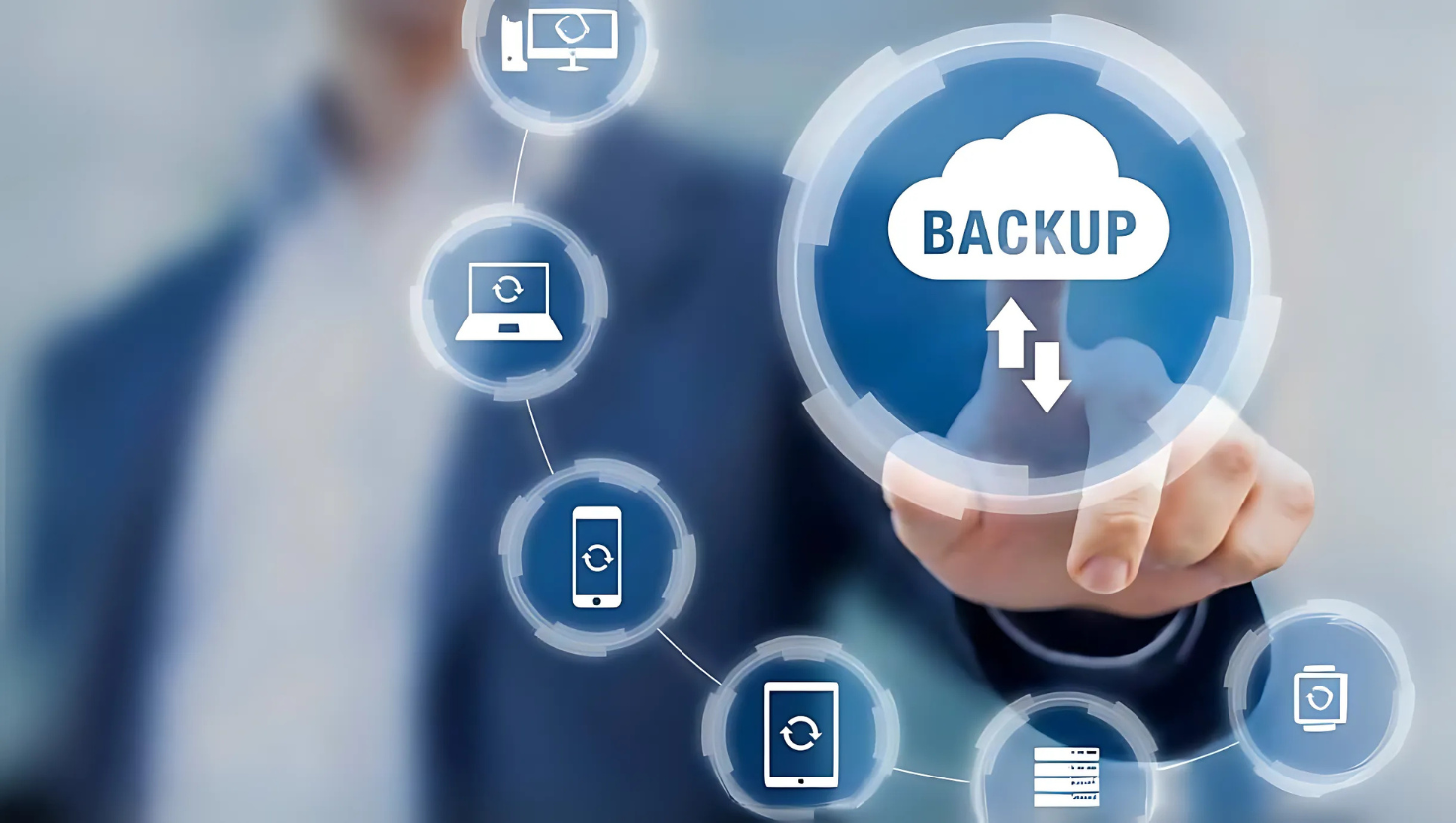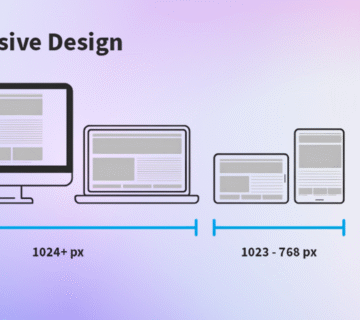Backing Up Your Data: Best Practices & Ideal Methods in 2025.
Explore the best ways to back-up your data in 2025. Learn the different kinds of backup methods, why it’s necessary, and best practices to keep that data safe for personal and business information.
Introduction
In the modern digital age, data is one of our most valuable assets, personal pictures, work documents, financial records, the list goes on. And losing that data is a difficult thing to overcome, let’s talk about the dreaded “blue screen of death” or worse, accidentally deleting an important file, one of our digital devices failing on us, and as technology continues to evolve, it becomes more common for malicious parties to gain control over or delete your files. With that said a good backup strategy is essential.
This guide will help you learn how to back up your data, give you a brief overview of the different types of backing up, and some methods to keep your files safe and accessible.
Why Backup Data?
Before we discuss different types of backup methods, let’s talk about why you would want to backup your data in the first place.
aulty hardware – Hard drives or SSDs can fail without notice.
Protection against cyberattacks – Malware, specifically ransomware can lock or delete files.
Disaster Recovery – Natural disasters can destroy personal property or stolen devices.
Common Methods of Backing Up Data :
1. External Hard Drives and SSDs
Using an external hard drive or SSD to backup your data is one of the simplest ways to backup data.
Benefits: Affordable, large storage capacity, data accessed rapidly.
Drawbacks: They are prone to theft or chance of breaking; just typically failed hardware.
Ideal for: personal use, small businesses, or quickly backup data offline.
2. Cloud Backup Solutions
Applications like Google Drive, Dropbox, OneDrive, and iCloud back, or store files and folders online.
Benefits: You can access your files and folders anywhere. These files back up automatically and are secure.
Drawbacks: Need to have wifi or data, unless you pay for more storage online.
Ideal for: Individuals and businesses that require access to their data remotely and/or rely on sharing with collaborators.
3. Committed Cloud Backup
Solutions Unlike cloud storage, applications like Back blaze or Acronis can backup your entire system automatically.
Benefits: automatic backup, solid encryption, total system recovery.
Drawbacks: membership based, internet or computer speed is a factor.
Best for: Businesses or professionals storing sensitive client data.
4. Network Attached Storage (NAS)
A NAS unit will connect to your home/office network and allows multiple devices to back up to the device over the network.
Benefits: centralized storage, able to size up or add more storage space, remotely accessible.
Drawbacks: upfront expenses, requires some technical acumen to set up.
Best suited households or businesses that have multiple devices, and need backup solutions
5. Hybrid Backup (Local + Cloud)
Using both local (external drive/NAS) and cloud affords the most security.
Benefits: Additional redundancy, local access + remote security.
Drawbacks: More expensive, need to physically manage systems.
Best for: Businesses or individuals who cannot afford a data loss.Common Methods of Backing Up Data
Optimal Data Backup Practices
Follow the 3-2-1 Rule.
- Have 3 copies of your data. Keep 1 copy offsite (cloud or remote location).
- Store on 2 different types of media.
- Keep 1 off site (cloud or remote).
Automate Your Backups
- Utilized tools or cloud to schedule backups automation.
- Do not rely on memory to make backups.
Encrypt Your Sensitive Data
- Ensure the solution has encryption built in.
- Protects against unauthorized access.
Make Sure to Test Your Restores
- Backups are completely useless if you can’t restore it.
- Make a schedule to confirm your ability to retrieve data.
Ensure Software Is Current
- Keep all backup tools and devices up to date to ensure better performance and security measures.
Final Thoughts
Data is the life-blood of personal and business life. Use the appropriate backup methods and best practices to assure protection against unexpected data loss. Whether you decide to use external drives, cloud services or a hybrid approach, being consistent, and creating redundancies are your two most important factors.
Start the backup process today-because when data is lost, recovering it may not always be an option.
If you are looking to access a secure digital solution expert, contact Tryangle Tech–An Ahmedabad web design and IT solutions partner you can trust.







